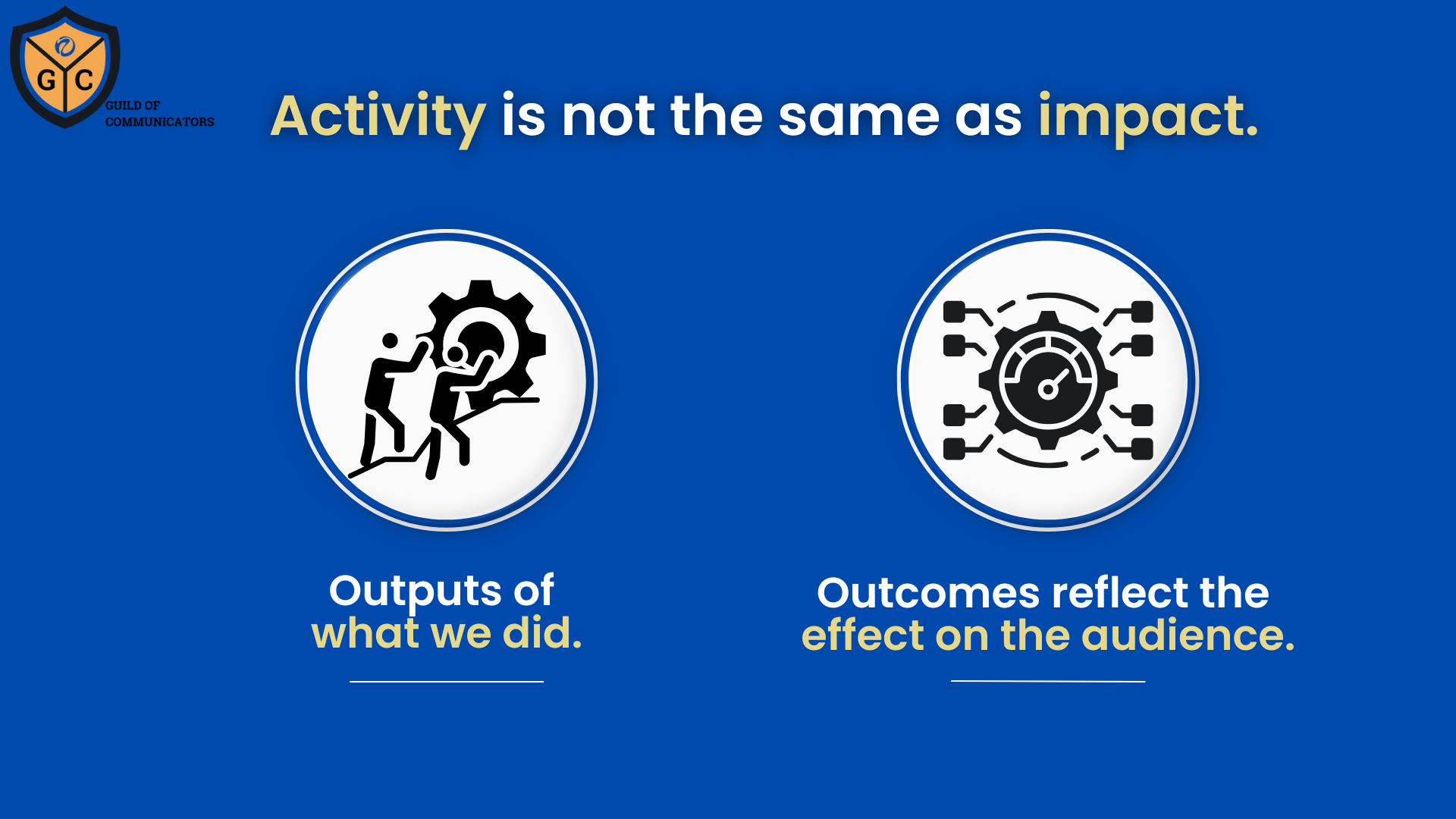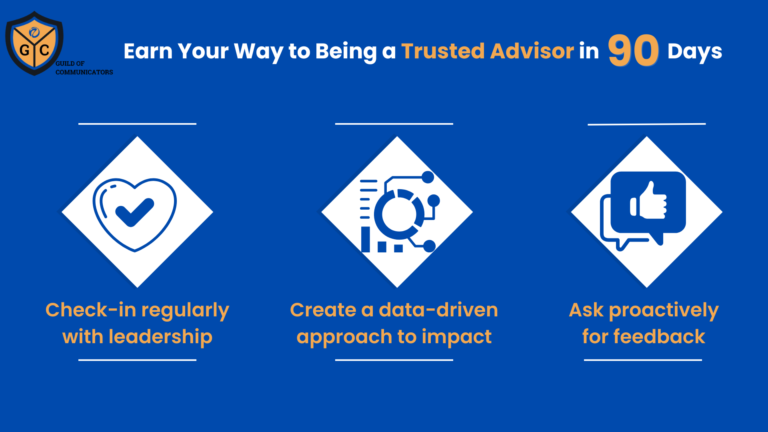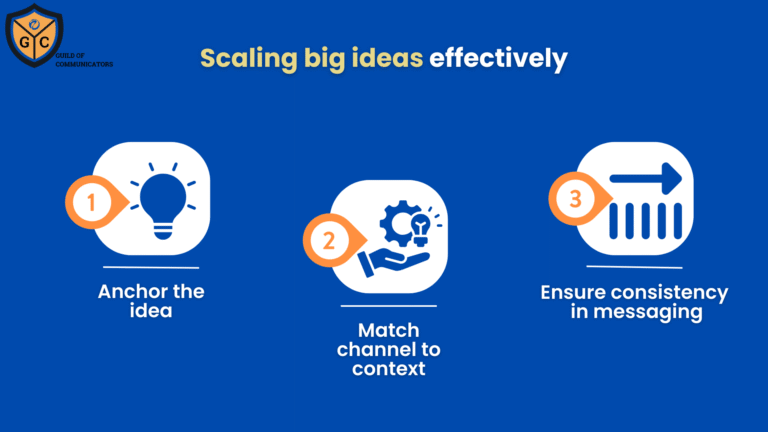One of the most persistent challenges in communication is showing how programmes and campaigns influence audience behaviour. Whether the goal is brand trust, issue awareness, or product interest, many communicators struggle to explain how their work moved the needle.
This is not due to a lack of effort. In most cases, it’s because outputs are mistaken for outcomes. When this happens, teams spend time reporting on activity, without proving the value of the work in relation to business or behavioural goals.
Let’s explore how to avoid this common trap and build a clearer approach to measuring impact.
The difference between activity and impact
Communicators often feel confident when reporting campaign outputs.
There’s comfort in showing how many placements, mentions, shares or impressions were generated. These are visible and measurable.
But activity is not the same as impact.
For example, getting coverage in a major publication about a new product launch is a valid output. However, the real impact lies in whether the coverage influences the reader to explore the product further, compare it to alternatives, or consider buying it. In this case, a product review might serve purposes better than a launch article.
Outcomes reflect the effect on the audience. Outputs reflect what we did.
Communicators must become fluent in both and understand they serve different purposes.
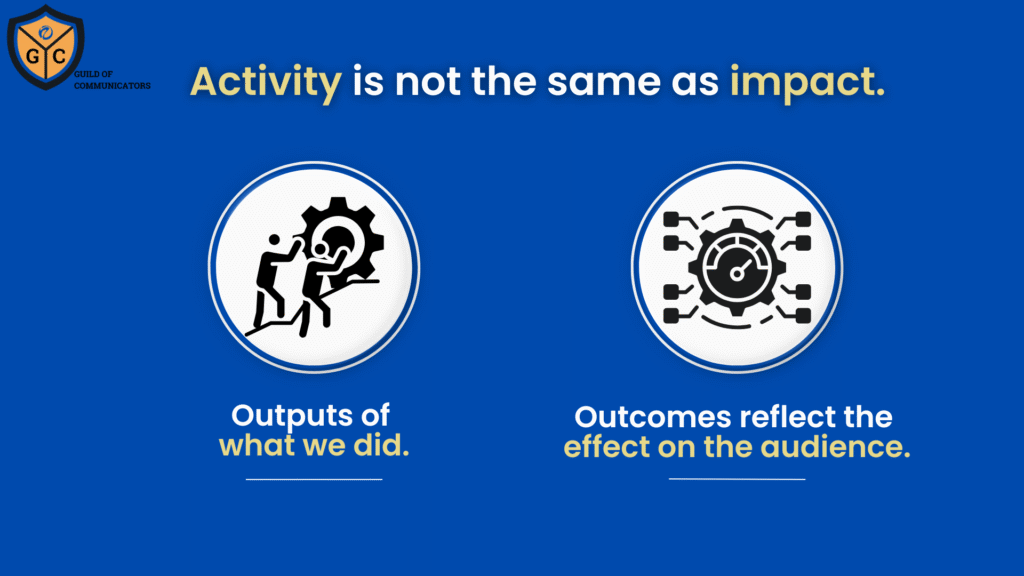
Understanding which signals matter
To get closer to outcomes, communicators need to adopt a simple but powerful distinction: leading vs. lagging indicators.
Leading indicators are early signals. They tell us whether a campaign is on track. These include open rates, engagement, search volume, or early interest.
Lagging indicators show what happened after the activity took place. These include sales uplift, sign-ups, behaviour change, or shifts in public opinion.
Most outputs are leading indicators. Most outcomes are lagging indicators.
Being able to map your campaign efforts across both types of indicators helps create a more balanced and meaningful measurement plan. It also shows that your work contributes to real-world impact—not just communication milestones.
The mindset shift that changes everything
Many communicators instinctively work backwards from the activity.
They start by listing tactics and then try to define how success will be measured. But this approach keeps measurement tied to the campaign, rather than to the actual impact of the campaign.
The shift is this: Begin with the change you want to see. Then define what proof of that change looks like.
If your goal is to drive consideration of a new service, then the outcome might be more qualified leads or expressions of interest. If your aim is to change behaviour, then the outcome might be trial, adoption, or advocacy.
Working backwards from the outcome—not the output—aligns your entire campaign around impact.
Measuring influence, not just transactions
In some cases, outcomes can be measured by clear actions, like sign-ups or conversions.
But many communication campaigns are not about transactions. They are about influence. This is where communicators often feel uncertain.
To measure influence, you must first define the behaviour you’re trying to shape. For example:
- Is it to increase time spent on an issue or topic?
- Is it to shift perceptions or remove misconceptions?
- Is it to encourage public or professional dialogue?
These are all valid outcomes. They require different forms of measurement than sales data—but are no less important to campaign success. When done well, this approach helps bridge the gap between communication efforts and long-term impact.
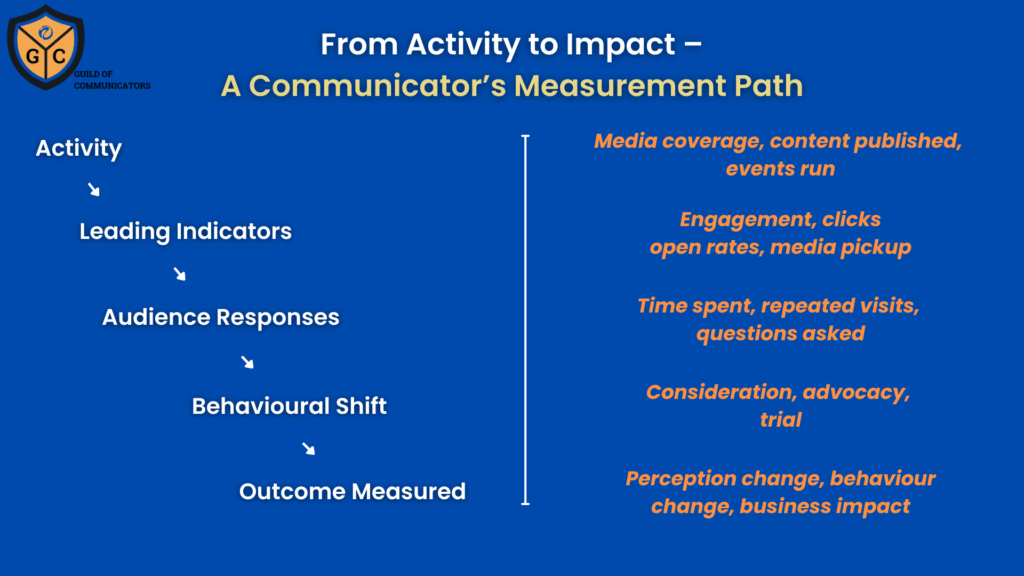
Three outcome metrics every communicator should know
Being able to measure outcomes is more than a reporting exercise. It’s a sign of strategic maturity.
While every campaign is different, most outcome measurements fall into one of these three categories:
- Perception – Measured through pre- and post-campaign surveys, sentiment analysis, or stakeholder interviews. This is useful for tracking awareness or credibility shifts.
- Behaviour – Measured through digital journeys, uptake of services, or public actions. This applies to campaigns aiming to prompt action or encourage change.
- Engagement with intent – Measured through expressions of interest, event attendance, opt-ins, or content that signals consideration. This is especially relevant for brand-building or lead-generation campaigns.
Understanding which of these metrics aligns with your intended outcome allows you to set up your campaign—and reporting—on firmer ground. Communicators who can draw the line between their work and meaningful change are not just tracking success, they’re building it.
*****
Join the Guild of Communicators at www.gocommunicators.com.
The Guild of Communicators (Go Communicators) stands as the preferred community for communicators seeking to elevate their craft. Through our Academy of Excellence, we provide best-in-class frameworks, fit-for-purpose resources, and opportunities that support members in achieving professional excellence.
We provide the following resources, tools and opportunities to members:
- Best-in-Class Resources: We provide our members with access to frameworks, playbooks and tools that empower them to achieve and maintain professional excellence.
- Continuous Learning and Growth: Through our comprehensive training programmes, workshops, delivered digitally, 24/7 and in-person, we support the ongoing professional development of communicators.
- A Supportive Network: GOC fosters a vibrant community where communicators can connect, collaborate, and support each other, creating a network that champions mutual growth and success.
- Shared Knowledge and Expertise: Our members benefit from the collective wisdom and experience of a diverse group of communication professionals, enhancing their skills and perspectives.
Go Communicators is dedicated to amplifying the impact and value that communicators bring to their organisations, highlighting their crucial role in driving success and growth.
We equip our members with the strategies and tools needed to become influential leaders and business partners within their organisations, enhancing their ability to drive positive change and outcomes.
Through our support and resources, communicators can demonstrate clear, measurable outcomes that showcase their value and impact, reinforcing their importance to their organisations.
Join the Guild of Communicators at www.gocommunicators.com
Subscribe to join over 1500+ communicators and brands getting value every Tuesday while reading A Communicator’s Perspective, our weekly newsletter.

